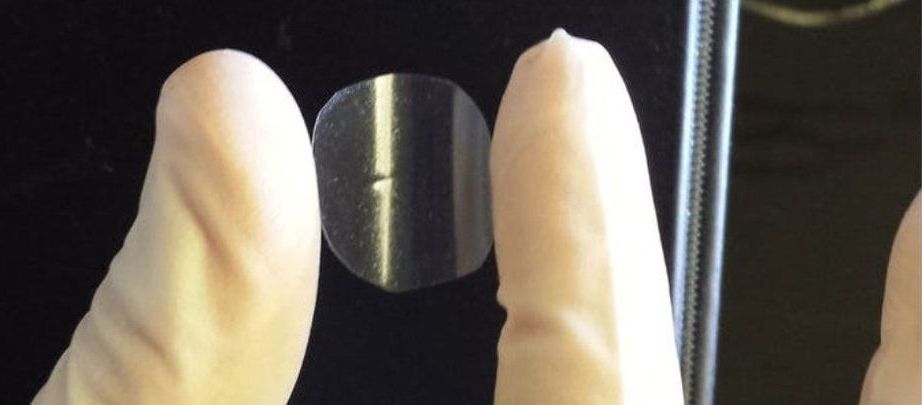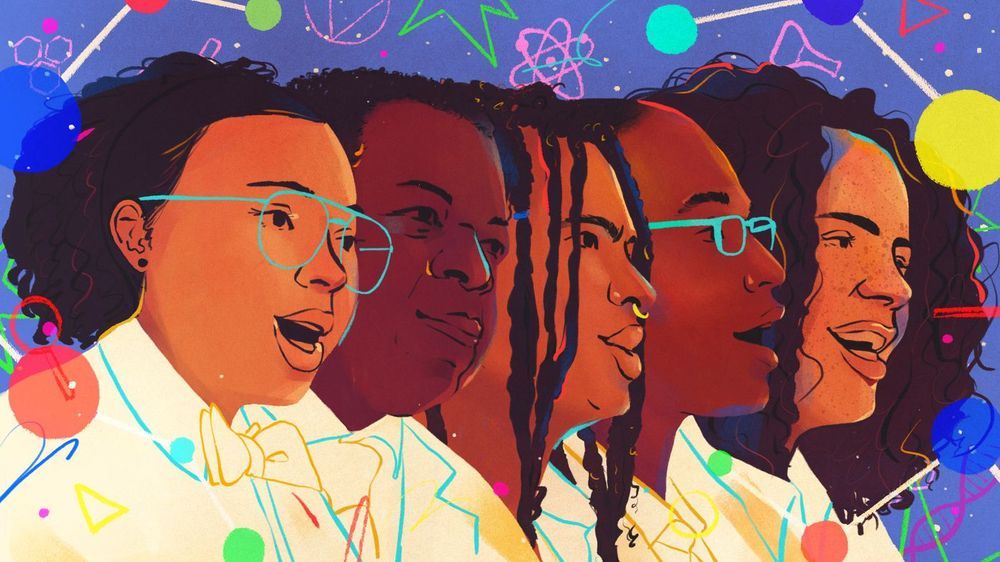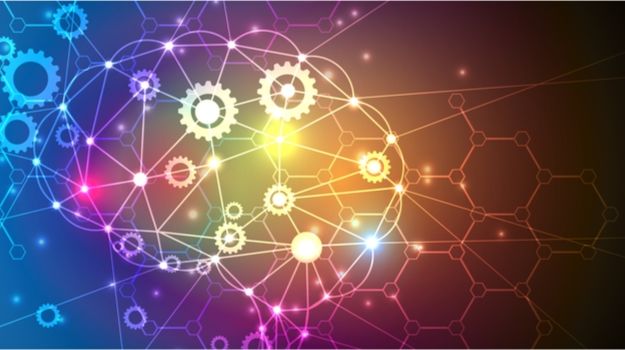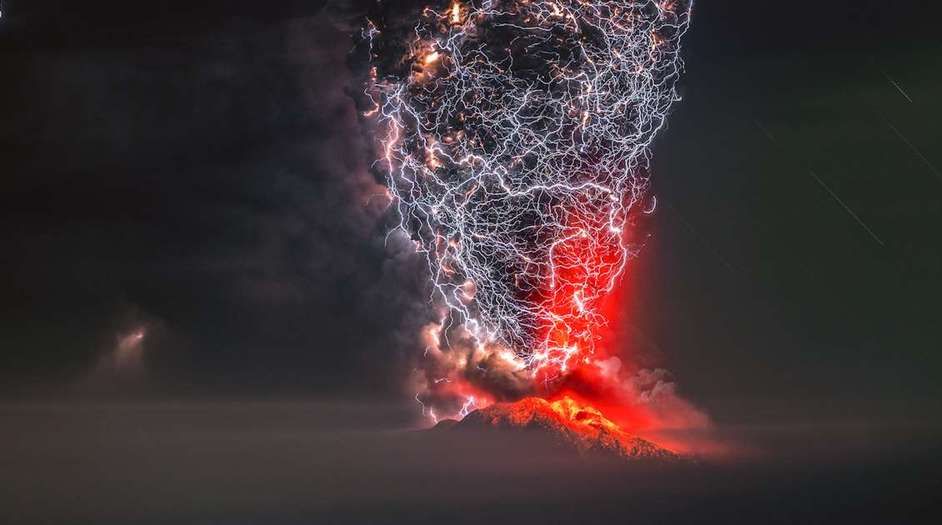The race is on to identify an effective vaccine for the COVID-19 virus. Once discovered, the next challenge will be manufacturing and distributing it around the world.
My research group has developed a novel method to stabilize live viruses and other biological medicines in a rapidly dissolving film that does not require refrigeration and can be given by mouth.
Since the ingredients to make the film are inexpensive and the process is relatively simple, it could make vaccine campaigns much more affordable. Large quantities could be shipped and distributed easily given its flat, space saving shape.







